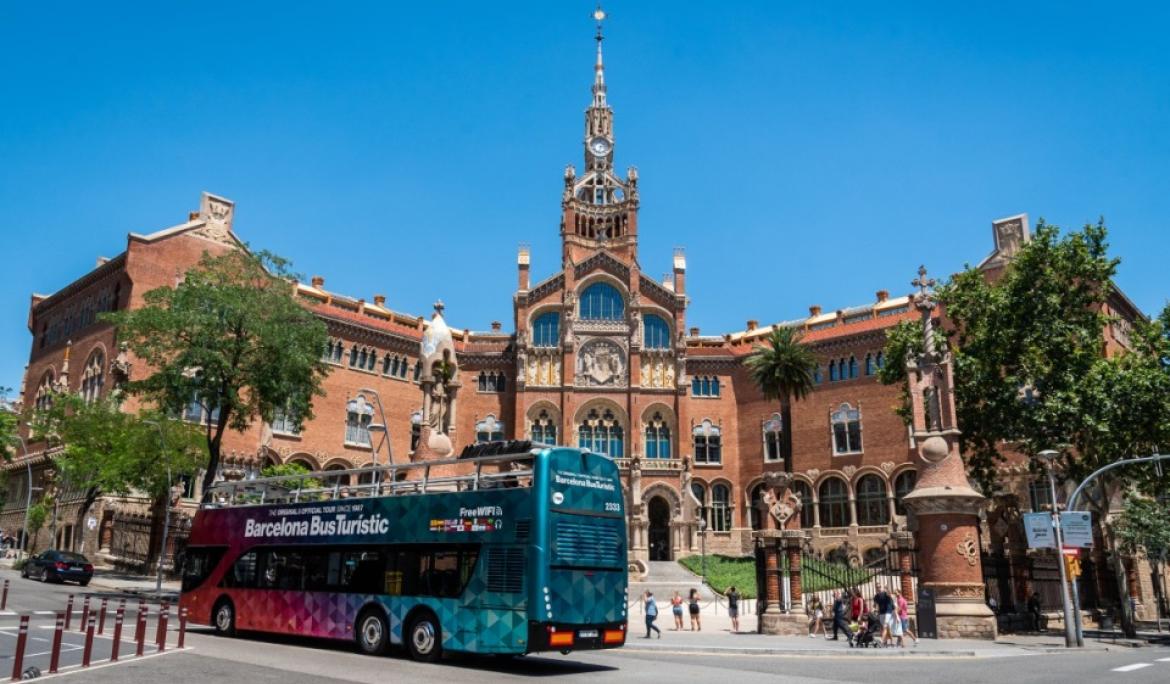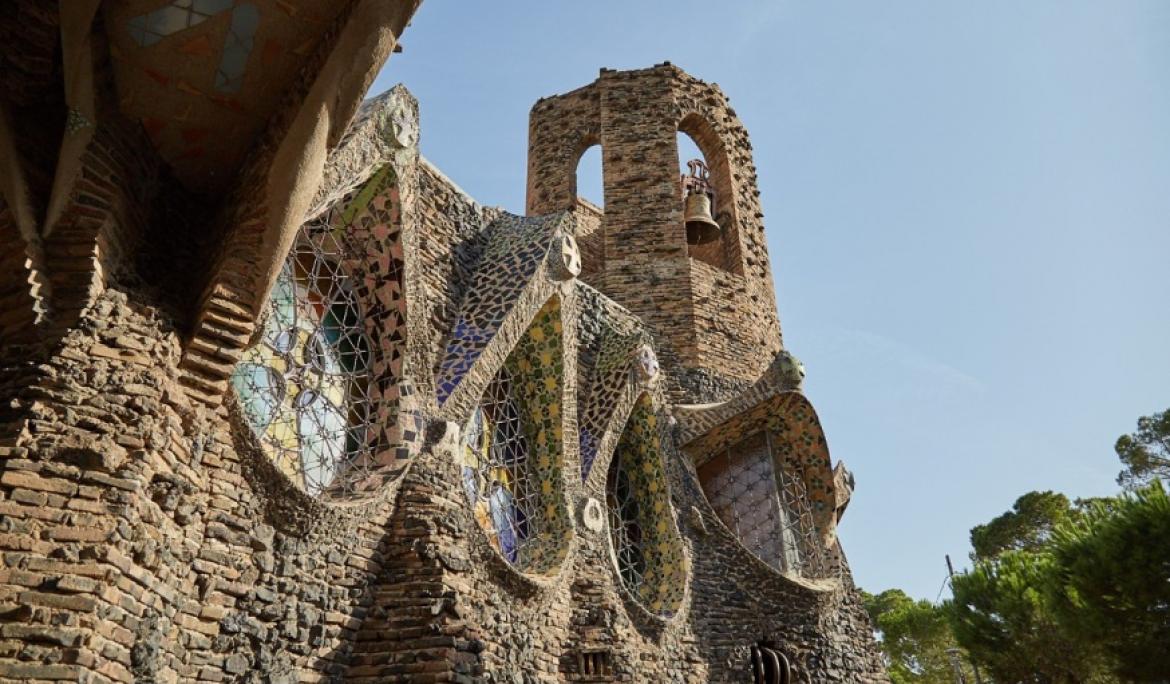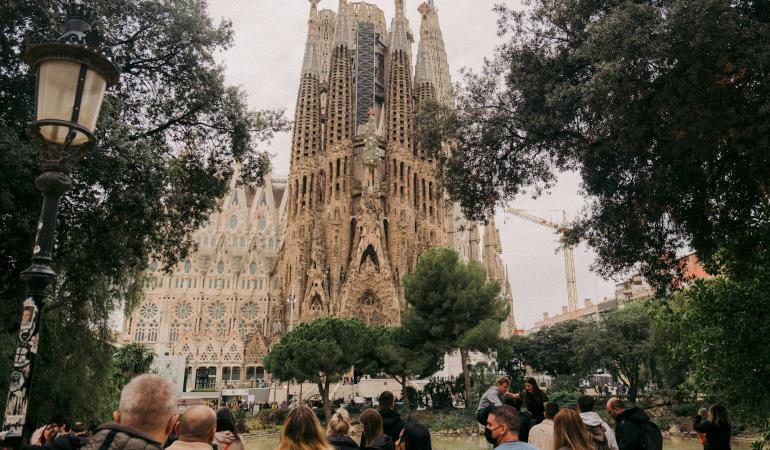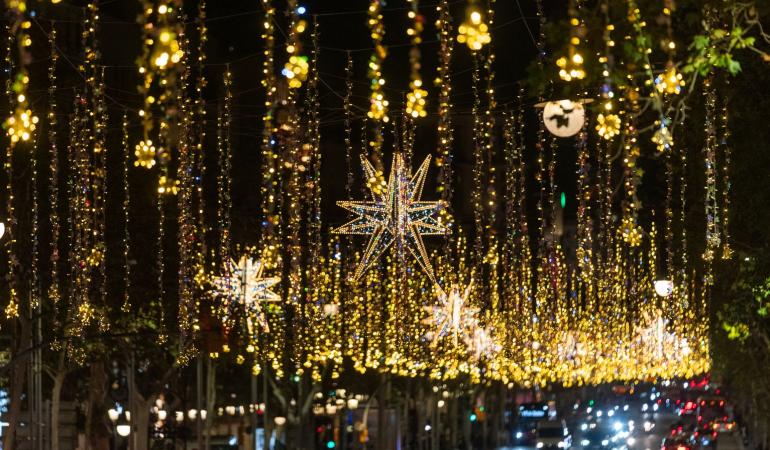Catalan modernism has left its mark on some of Barcelona's most emblematic buildings. Architects such as Antoni Gaudí, Lluís Domènech i Montaner or Josep Puig i Cadafalch filled the city with unique houses, pavilions, palaces and parks, which are part of the city's DNA.

Beyond the spectacular Sagrada Familia, a temple still under construction, Barcelona is home to a splendid avant garde architecture which is both beautiful and functional in equal parts. Would you like to discover it?
Beyond architecture
Before starting our route through Barcelona's modernist architecture, one must remember that this movement, that peaked in Europe between the end of the 19th century and the first decade of the 20th century, aimed to break with the established social and artistic values and transform them into a modern culture with new ideas.
Although a very eclectic movement (it was also expressed in paintings and the design of posters, decoration, furniture and literature, among others), it most stood out in architecture and was inspired by nature and organic forms and by the use of curved lines and asymmetry.
The names of Catalan modernism
The most important modernist architect was Antoni Gaudí, who left an impressive artistic legacy in Barcelona, with unique works such as the Sagrada Familia, the Casa Batlló, La Pedrera or the Park Güell. Another great master who embraced modernism was Lluís Domènech i Montaner, who, in addition to the Casa Lleó i Morera, designed the immense set of pavilions of the Hospital de Sant Pau and the original Palau de la Música Catalana.
Finally, it is worth noting the work of Josep Puig i Cadafalch, who often combined the modernist style with northern European Gothic elements, as in the case of the Casa Amatller or the Casa de les Punxes. Many of these buildings are on the UNESCO's list of World Heritage Sites.
Modernist route
Most of the modernist buildings can be found in the Eixample district, around the main street of Passeig de Gràcia, covered by both the Barcelona Bus Turístic Red and Blue Routes.
From the Casa Batlló - Fundació Antoni Tàpies bus stop you can visit:
- Casa Batlló, Casa Amatller,
- Casa Lleó i Morera
- Barcelona Modernism Museum
The Passeig de Gràcia – La Pedrera bus stop will take you to:
- La Pedrera
- Casa de les Punxes
The Blue Route of the Barcelona Bus Turístic has several stops from which you can visit the great modernist works of art, such as the Sagrada Familia and the Hospital de Sant Pau (Sagrada Família stop); Park Güell, from the stop with the same name; Casa Vicens if you get off at Gràcia, or the Güell pavilions, located on Avinguda de Pedralbes, at the Palau Reial - Pavellons Güell stop. If you get to the Tramvia Blau - Tibidabo stop, you can also visit the Bellesguard Tower.
From the Red Route of the Barcelona Bus Turístic you can see modernist buldings in the Ciutat Vella district, such as the Palau Güell (Colom - Museu Marítim stop), or the impressive Palau de la Música Catalana, accessible from Plaza de Cataluña or the Barri Gòtic stop.
Also, if you want a more in depth insight of this architectural movement, don't forget to visit the Barcelona Modernism Museum (Blue Route - Eixample stop), which showcases works of art, furniture and everyday objects.
Very near Barcelona, you can visit another of Antoni Gaudí's masterpieces: the Colonia Güell, one of the best examples of Gaudi's religious architecture.
How can we discover modernism? Enjoy yourself, we´ll take you:
- Barcelona Bus Turístic – Blue Route and Red Route
- Hola Barcelona Travel Card (metro network and city buses)
- Catalonia Tourist Bus (Tour from Barcelona)



